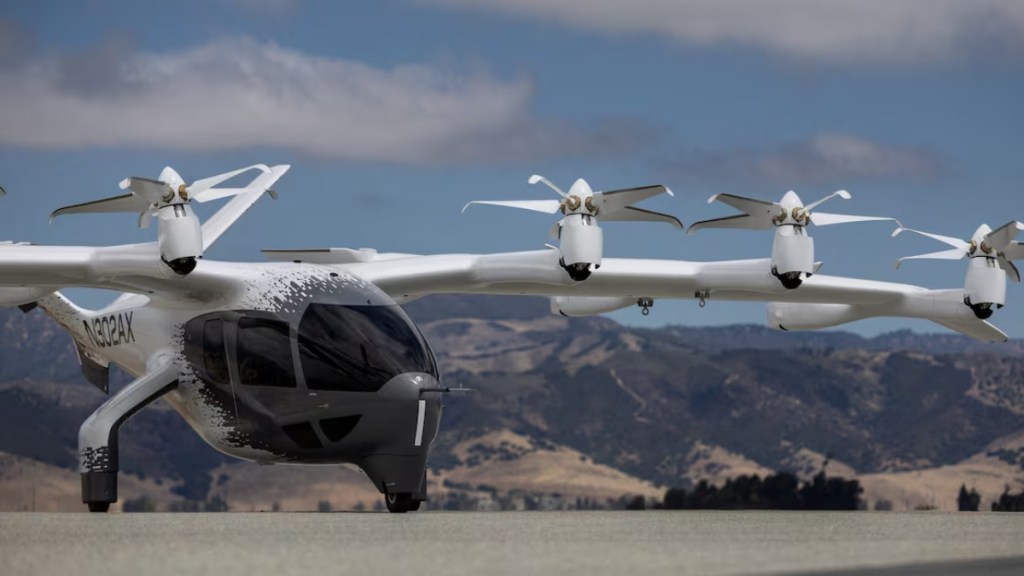Every decade witnesses transformative inventions that reshape history and redefine human existence. From the internet to smartphones to virtual reality to electric vehicles to, several innovations have catapulted us to the next phase of development. Among these monumental advancements which hold immense potential lies the concept of air taxis.
Air taxis have been introduced to society with a promise of revolutionising urban travel and the commuting experience. These taxis are expected to have a monumental impact in cutting down travel time and congestion in urban areas.
Several nations are embracing this new technology, including Germany, the UK, and the US. Now India too, has been gaining the attention of global firms as a potential market for implementing this technology. Thus, as India seeks innovative solutions to its burgeoning transportation challenges, the prospect of air taxis holds significant promise, albeit accompanied by a unique set of challenges to overcome.
Air taxis in India: Challenges to overcome
Infrastructure:
The issue that would be the first to pop up in everyone’s minds is the infrastructure. India’s airspace and urban infrastructure may not be well-equipped to support air taxi operations. The electrical vertical take-off and landing aircraft need ‘vertiports’ for landing and takeoff. Developing these vertiports in India’s highly congested urban areas will have to jump through the hoops of logistical challenges, including land acquisition, regulations, and development of charging stations.
Higher fares: Can the middle class afford it?
Recently, IndiGo-parent InterGlobe Enterprises and US-based Archer Aviation announced that they will be launching an all-electric air taxi service in India in 2026. This service will carry passengers from Connaught Place to Gurugram in seven minutes. While anyone who hates traveling by road between the two cities will agree this is a great solution to the endless traffic people face, shelling out Rs 2,000 to 3,000 each time will not sit well with the public. The common thinking that prevails in the cities often prioritises cost over convenience.
The cost of air taxi rides may pose a significant financial burden for the general public. Initial expenses associated with operating air taxis, including infrastructure, maintenance, insurance, and pilot training, contribute to this challenge. As mentioned earlier, in India we often see people prioritising their pockets over their convenience, therefore, we must factor in the capability of the general public to avail this service. Otherwise, the air taxis will become a comfort that is accessible only to the rich.
India weather conditions
India’s diverse climate, including monsoons and extreme weather events, presents operational challenges for air taxis. Developing weather prediction systems and implementing protocols for safe operation during adverse weather conditions is essential for ensuring the reliability of air taxi services.
Air traffic management
Integrating air taxis into existing airspace management systems without causing congestion or compromising safety is crucial. Coordination with air traffic control (ATC) and implementing efficient routes to minimise conflict with commercial flights and other aerial activities is essential.
Reshaping urban air travel: Is it really feasible?
Introducing the air taxi service to alleviate congestion on the Indian roads is a result of the right intention. However, the feasibility of this concept requires comprehensive testing before public implementation. Such an initiative demands extensive groundwork, that has the potential to fundamentally reshape our urban landscapes. While it could work in countries like the US, UAE, and the UK, it is uncertain whether similar outcomes can be achieved in India.


